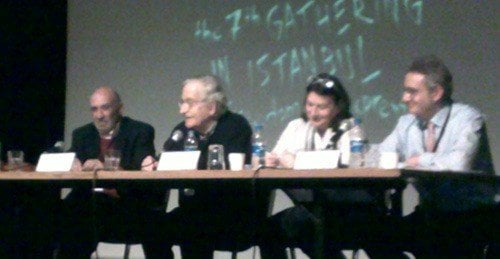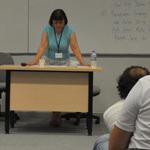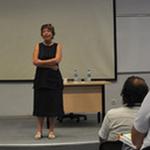Newspapers Victimize Abused Child
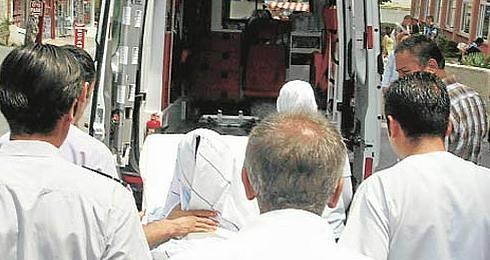
A number of Turkish nationwide newspapers violated ethic principles of journalism and the Press Law when they published the names and photographs of a mother and her four-year old child who had been exposed to severe violence.
A four-year old child in the district of Kartal east of Istanbul was exposed to severe violence after a suicide attempt of the child's mother. The mother blames her partner for the abuse, with whom she was living together.
According to the news in the papers, the police entered the home after the mother's suicide attempt. They apparently found the child with his fingernails drawn out, cigarette marks on the body and biting marks on his genitals. In her statement at the police, the child's mother F.E. said that her partner Y.A., who was living together with her and her son, had imposed the violence on the child.
While the child and his mother were taken to hospital, suspect Y.A. was arrested. The child underwent medical treatment in the intensive care unit.
The news was conveyed in several papers as follows:
Milliyet newspaper published photographs and pictures of both victims on the front page. A detailed report followed on page 13, where the face of the child was blurred in the published picture. The article said that the mother's child met the "torturer" on Facebook and left her husband for him. The article evokes the impression as if the woman exposed to violence was to be held guilty for "leaving her husband".
Haber Türk did not show the women as a victim of violence but as the one responsible for it, legitimizing male violence. The daily titled "Baby tortured by internet lover" and did not conceal the child's photograph.
Hürriyet newspaper based its article on equating "love and violence", implying a legitimization of male violence and thus making the mother and her child victims once more. Photographs of both the mother and the child were published on the front page as well as their full names. The face of the mother was blurred in the report on page 3 whereas the picture of the child was shown openly again.
The Vatan daily published the full name and a photograph of the child. They furthermore showed a photograph and the names of the mother and her partner. In a male-dominated sort of language the paper emphasized that the woman was living together with her partner without being married.
News principles
Sensational presentation: The guidelines issued by the International Federation of Journalists recommends "not to present news related to children in a sensational style". Yet, the newspapers reported the incident in a "sensational" manner without considering the woman's and the child's rights.
Photographs cannot be published without permission: The guideline suggests "hindering the revelation of pictures and identities of children unless the public would obviously benefit from it". It furthermore proposes to "use photographs of children in a just, open and honest way and with the permission of a responsible adult". Whereas in the above mentioned news it seems obvious that nobody was asked for permission before the photographs of the child were taken.
Publishing pictures is forbidden by law: Article 21 of the Press Law foresees heavy monetary fines for people who "publish the identities of crime victims younger than 18 years old or any other material that would lead to an identification of the victim".
Moreover, it is one of the ethic regulations of the Turkish Journalists Association that "the full names and photographs of victims younger than 18 years old must not be published".
In the guidelines on news about children issued by the British Broadcasting Corporation (BBC), it is summarized in one single sentence why these rules should be followed: "Every child has the right to lead an honourable life and to be respected unconditionally". (SP/VK)
5 Children and 3 Adults Killed in Şırnak in 15 Months
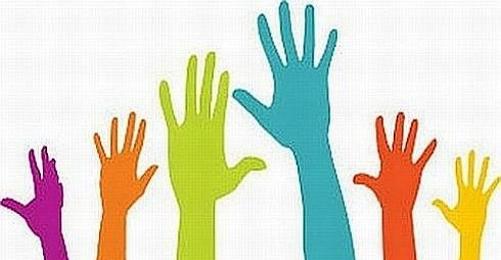
RIGHTS OF THE CHILD
Headscarf as Potential Reason to Take Children from Their Families
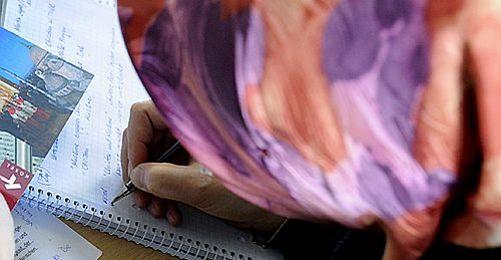
Kurdish Singer Was Granted 10 Percent of Compensation Claim
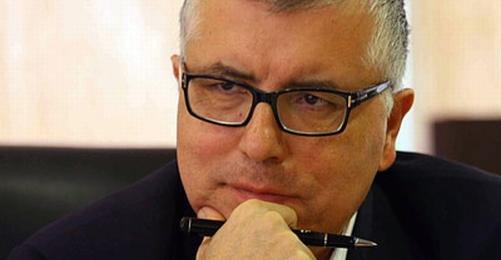
Journalist Birand's Confession on PKK News

7th Istanbul Gathering for Freedom of Thought
